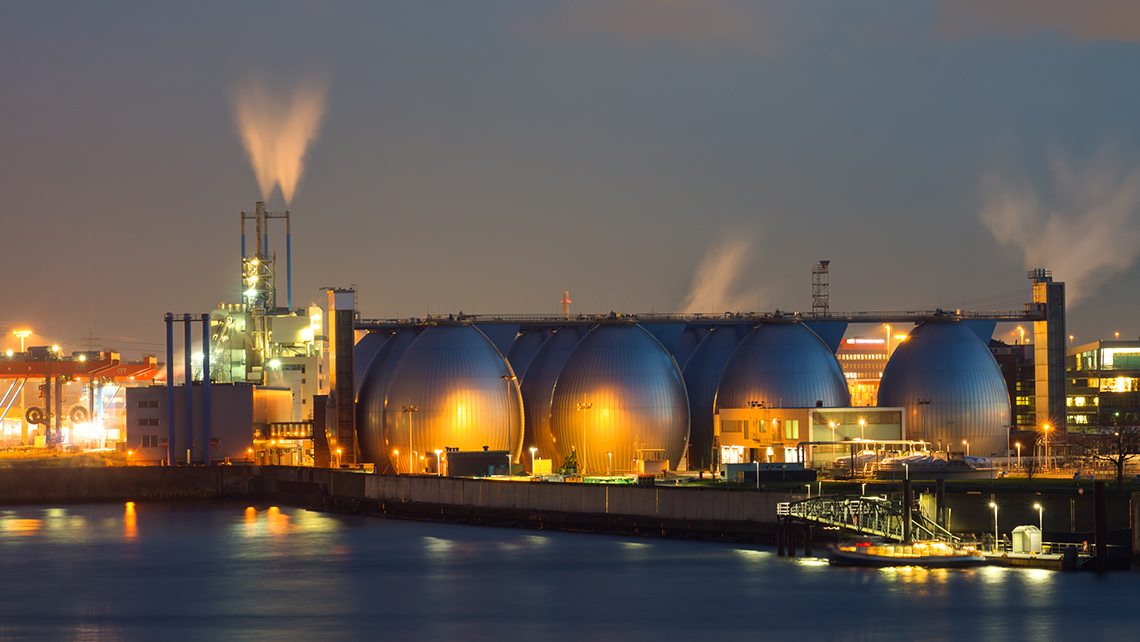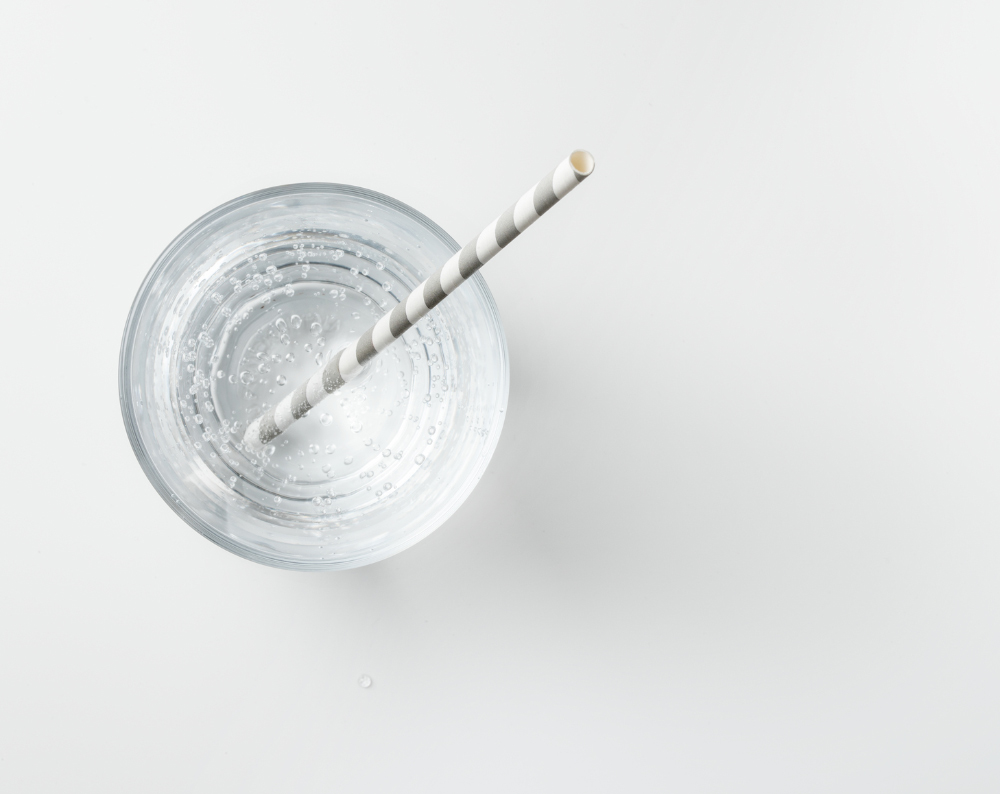Biogas is a renewable energy source that can help minimize human impact on the environment. By using organic waste and convert it to bio-methane and then use it as fuel, it supports the circular economy and reduces carbon emissions.
Sweden has long been a frontrunner when it comes to sustainability, so perhaps it’s no surprise that Tekniska verken was early to the biogas game back in the 1990s. Their compressed biogas (CBG) has fueled Linköping’s public buses for decades. Recently, they expanded their offering to include liquefied biogas (LBG) so that even more sectors can tap into this powerful renewable resource.
“We are committed to a triple bottom line: people, planet, profit,” says Erik Olsson, Tekniska verken’s director of strategy and business development. “If you look with a bird’s eye view, biogas is a very efficient product. We take residents’ wasted food scraps and turn them into one of the most resource-efficient fuels available,” he explains.
Indeed, biogas not only makes excellent use of a waste product, it helps reduce CO2 emissions. Those are two good reasons Kemira is proud to have partnered with Tekniska verken over the past 20 years, optimizing their production with our chemistry.
We also believe biogas has a big role to play going forward, especially when it comes to achieving the United Nations Sustainable Development Goals (SDGs) by 2030. It’s well aligned with SDG 13 on climate action. It’s also a great example of SDG 12, which is about responsible consumption and production.
Chemistry that offers stability
As Tekniska verken looked to the future, they saw an opportunity to serve a broader customer base. Regional demand for renewable resources like biogas continues to increase, and the market is expanding. To meet the moment, they built their first LBG plant which liquifies to methane, which came online in 2019. This way they could extend their offering beyond city fleets and buses to heavy trucks and regional industry.
Because the company jumped into the biogas production business area at a very early stage, Erik O. admits, “It took a long time to make things run efficiently. There was a lot of trial and error in the beginning developing the biogas production processes. But once you’re in the business, optimization is extremely important for commercial success.”
When they needed some extra support boosting the efficiency of their new endeavor, they turned to Kemira. We were happy to answer the call. Britt Nilsson, Kemira’s Application Specialist Biogas, was ready to go. “I knew Kemira’s iron chloride coagulants would help Tekniska verken optimize and stabilize the process,” she says.
Nilsson worked together with Tekniska verken’s LBG product manager, Erik Nordell. The goal was to increase the production of biogas without increasing the biomass (i.e. substrate). “Every biogas plant has a distinct process. It varies based on substrate composition, digestion technology, digestate treatment and gas utilization,” Britt explains. Erik N. adds, “In this case, we make a slurry from local household food waste that’s diluted with old milk and milk residues. Then we pasteurize the slurry and feed it to a digestor.”
Britt and Erik had a hunch that adding an iron chloride-based solution at this stage of the process, just before the slurry is sent to the digestor, would be beneficial. They were right. But they needed to do a bit of tweaking to optimize the formula.
“Kemira´s BDP product is based on iron chloride plus hydrochloric acid and very small amounts of trace elements like nickel and cobalt,” Britt explains. “The bacteria need these trace elements to produce coenzymes and enzymes.” She says the solution works by helping the bacteria produce their own vitamins faster and more efficiently. “They need the same vitamins people need!” she laughs. Once the team had identified the right amount of trace elements, the process was smooth sailing.
More stability, more biogas
The added stability enables Tekniska verken to produce more biogas as the demand for LBG increases and ship it further. “That opens up possibilities for new customers. For the first time, heavy trucks and industry can tap into a renewable energy source made locally in Linköping,” Erik N. says.
Britt points out another upside. “By increasing the output with our chemistry, Tekniska verken gets more out of the investment they’ve already made with this new liquid biogas plant. They don’t have to build a new digester or make large investments in their current facilities in order to boost production.”
By increasing the output with our chemistry, Tekniska verken gets more out of the investment they’ve already made.
“We really appreciate our collaboration with Kemira and want to see how we can develop it further,” Erik concludes.
From Kemira’s perspective, the joint development is proof that, with the right chemistry partner, biogas producers can increase yield, gas quality and the cost-efficiency of waste disposal.


